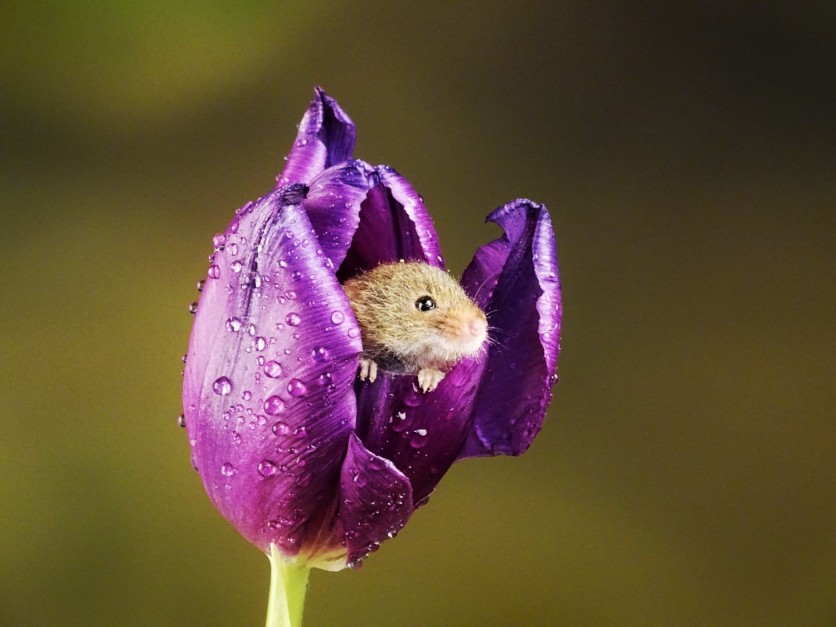For the first time ever, scientists have successfully been able to clone freeze-dried skin cells of mice. The research could have implications when it comes to trying to revive the populations of different endangered species.

Scientists were able to Make a Breakthrough Research in Understanding Genetic Makeups
As per Nature Communications, the research was conducted at the Japan's University of Yamanashi, and it is a breakthrough type situation. The research detailed how the team was able to clone and experiment with mice cells in order better understand the world's animal's genetic makeups.
The breakthrough remains quite difficult to understand since it is the first time that something like this has ever happened. The mere fact that scientists were able to clone healthy mice directly from a freeze-dried skin cell is huge.
The Research Paves a Way to Boost Genetic Diversity
As pointed out by The Guardian, the research paves the way for being able to boost the genetic diversity of different threatened and critically endangered animals through cloning them. This would help these endangered animals keep their population maintained.
The leader of the research, Professor Teruhiko Wakayama, gave a statement to The Guardian saying should the cells be preserved without liquid nitrogen through freeze-drying technology, they would allow genetic resources coming from all around the world to be able to store in a cheap and safe way.
Previous Experiments Ended Up as a Failure
According to the story by Gizmodo, it was also noted that developing countries will be able to store their very own valuable genetic resources by themselves. Endangered species, where just the male services, can use this technology to help create females in order to potentially revive the species.
Strat News notes that when the team performed the freeze-drying process directly on the mouse cell, they ended up killing it. Normally, when it comes to cloning, experiments usually end up as a failure.
19 Perfectly Healthy Mice Were Created by Using Cells from the Tail Tips
The freeze-dried cell actually contained intact DNA of the mice, and months later, the team was able to rehydrate the cells and even combine hundreds of nuclei of other mice in order to create embryos. The nuclei were then fused with yet another round of cells.
About 2,000 embryo transfers were able to create 19 perfectly healthy mice. The process was then repeated through the use of cells from the tail tips of both the male and female mice.
First Mouse Lived Ten and a Half Months
After using the tail tip cells, they were able to come up with 56 more mice in total. A dozen mice then grew to maturity and were even paired off for mating, which resulted in producing litters of their own.
The first mouse that was born through the process lived for ten and a half months and was named Dorami.
Related Article: Machine Learning Predicts 'More Reptiles' At Risk of Extinction
This article is owned by Tech Times
Written by Urian B.

![Apple Watch Series 10 [GPS 42mm]](https://d.techtimes.com/en/full/453899/apple-watch-series-10-gps-42mm.jpg?w=184&h=103&f=9fb3c2ea2db928c663d1d2eadbcb3e52)


